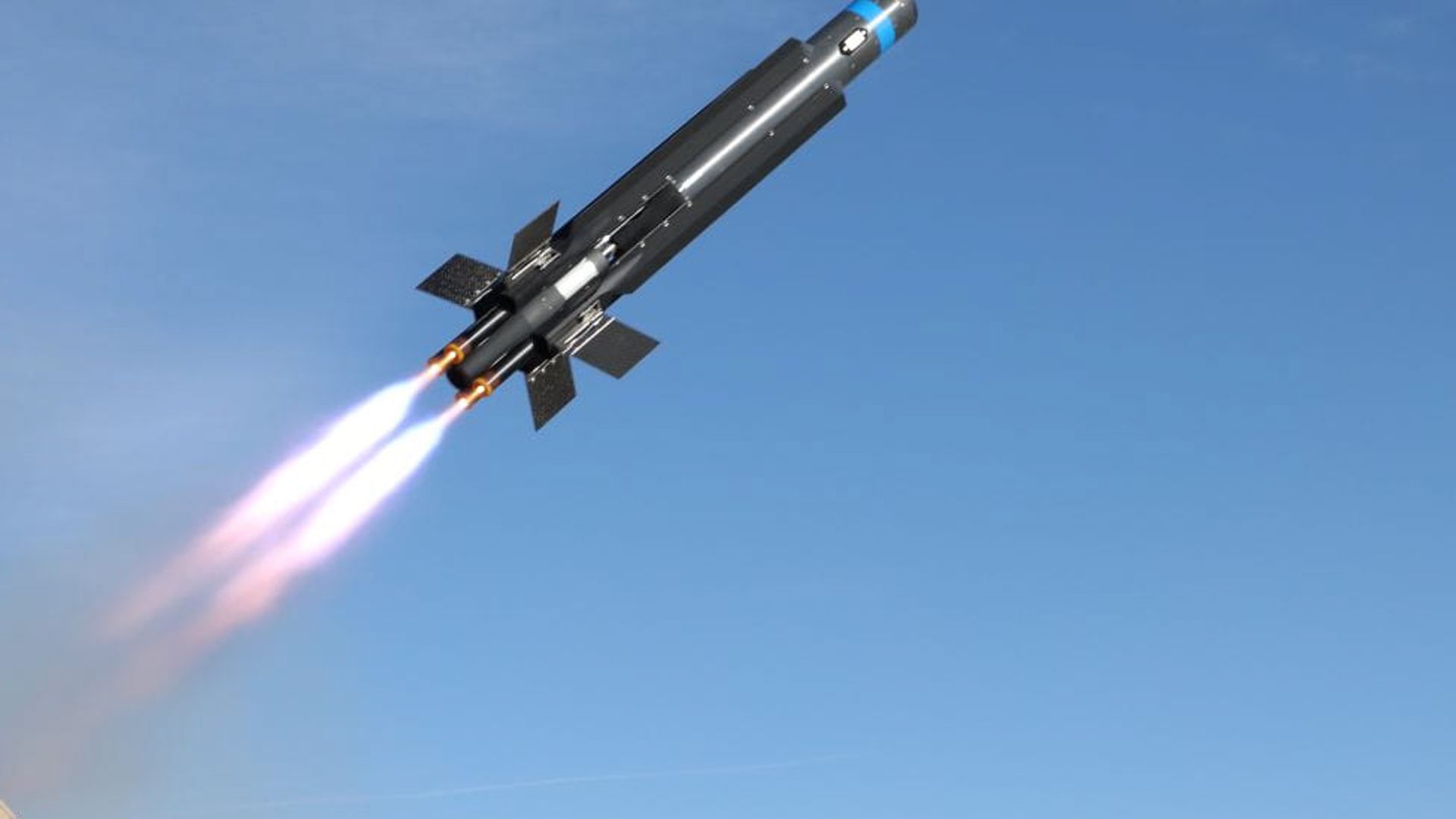
[RYAN ROBERTSON]
I’M NOT SURE WHAT IT IS ABOUT THESE TWO BUT THEY MUST PROVIDE SOME SERIOUS MOTIVATION.
IN DECEMBER WE REPORTED ON THE ANDURIL ROADRUNNER.
NOW HERE COMES RAYTHEON’S COYOTE, AND IT’S OUR WEAPON OF THE WEEK.
ACTUALLY, THE COYOTE HAS BEEN HERE A WHILE. THE FIRST GENERATION WERE INTRODUCED IN 2014. OVER THE YEARS IT’S LOOK HAS CHANGED BUT IT’S MISSION REMAINS MUCH THE SAME. IT’S A DRONE KILLER.
IN A PUBLICLY AVAILABLE CONTRACTING NOTICE, THE ARMY LET IT BE KNOWN THEY PLAN ON BUYING 6,000 OF THE BLOCK II VARIANTS, AND 700 OF THE BLOCK III VARIANTS. WHAT’S THE DIFFERENCE YOU ASK? THE BLOCK IIs GO BOOM, aka KINETIC. WHILE THE BLOCK IIIs DO NOT, aka NON-KINETIC. SO LET’S BREAK IT DOWN, WE’LL START WITH THE BLOCK TWOS.
IN THE SIMPLEST TERMS, THE BLOCK TWO IS A DRONE KILLER. OF THE LESSONS BEING LEARNED DURING RUSSIA’S INVASION OF UKRAINE, DRONE WARFARE IS AT THE TOP OF THE LIST.
EVEN CHEAP, SIMPLY-MADE DRONES HAVE TO BE DEALTH WITH, OFTEN TIMES AT THE EXPENSE OF SURFACE-TO-AIR MISSILES THAT COST UPWARDS OF SEVEN FIGURES MORE THAN THE DEVICE THEY’RE ELIMINATING. ACCORDING TO MULTIPLE REPORTS, THE UNIT PRICE FOR A COYOTE IS AROUND $100,000, MAKING IT A BARGAIN BY COMPARISON. WHEN LAUNCHED THE BLOCK II USES A RADAR SEEKER TO HONE IN ON ITS TARGET, AND IT’S CLOSE ENOUGH TO GET THE JOB DONE, IT GOES BOOM, HOPEFULLY KNOCKING IT’S TARGET OUT OF THE SKY.
AS FOR THE BLOCK III, WHILE NOT MUCH IS KNOWN ABOUT IT’S TECHNICAL SPECIFICS JUST YET, THE “NON-KINETIC” DESCRIPTOR WOULD INDICATE THAT IT CAN BE USED TO ENGAGE MULTIPLE TARGETS AT THE SAME TIME LIKELY USES ELECTRONIC MEANS TO TAKE OUT THE TARGET. ONE OTHER NOTABLE DIFFERENCE BETWEEN THE TWO VERSIONS, THE BLOCK II IS ESSENTIALLY A ONE-TIME USE, WHILE THE BLOCK III CAN BE RECOVERED AND EVENTUALLY RE-USED.
BOTH VERSIONS OF THE COYOTE ARE FAIRLY MOBILE. THEY CAN BE FIRED FROM GROUND VEHICLES, HELICOPTERS, AND SURFACE VESSELS, OR FROM FIXED POSITIONS AS WELL. WHEN IT COMES TO HITTING THE ROAD, THE ARMY USES THE CURRENT COYOTE SYSTEM MOUNTED TO A MINE-RESISTANT AMBUSH PROTECTED VEHICLE, OTHERWISE KNOWN AS THE OSHKOSH M-ATV. THE VEHICLE CHOSEN TO ULTIMATELY REPLACE THE LONG-SERVING HUMVEE.
OF COURSE, IT WOULDN’T BE A MILITARY PURCHASE IF THERE WERE’NT A FEW EXTRAS INVOLVED. IN THIS CASE THE ARMY IS ALSO PICKING-UP 252 FIXED LAUNCHERS, 52 MOBILE LAUNCHERS, 118 FIXED KU-BAND RADARS AND 33 MOBILE RADARS.







